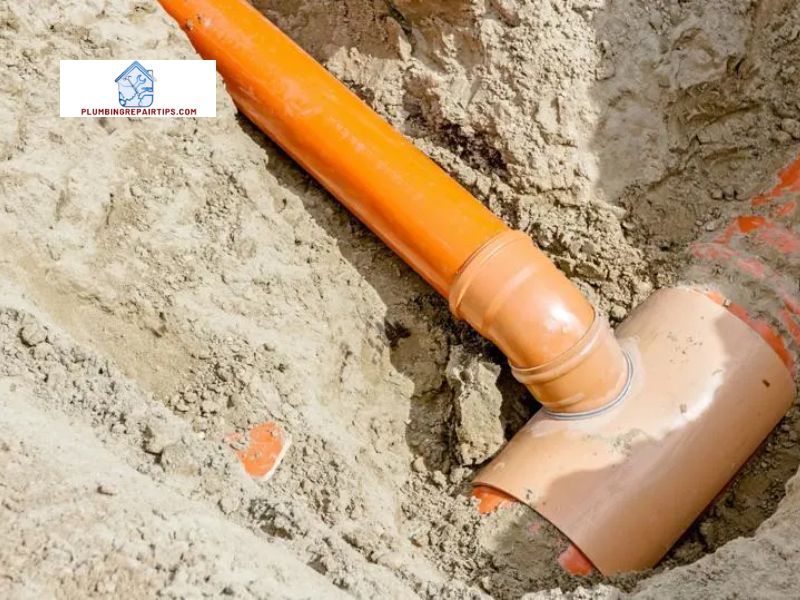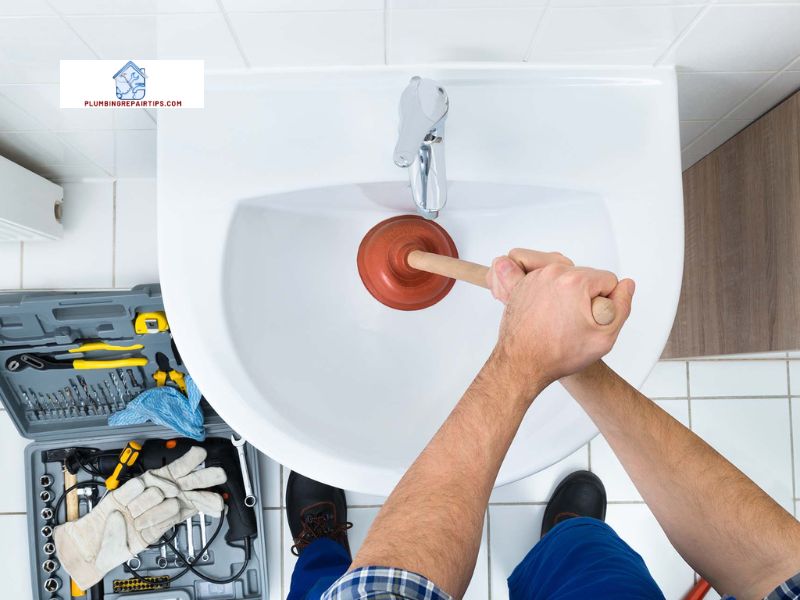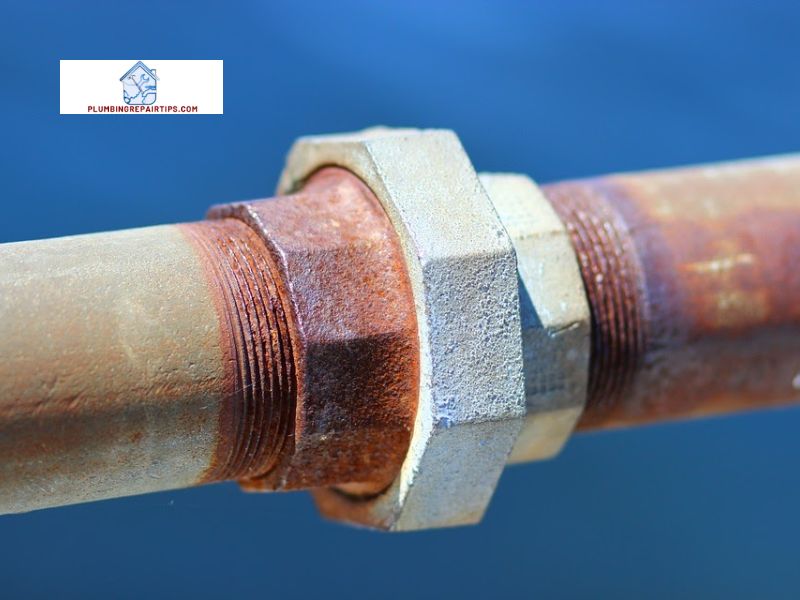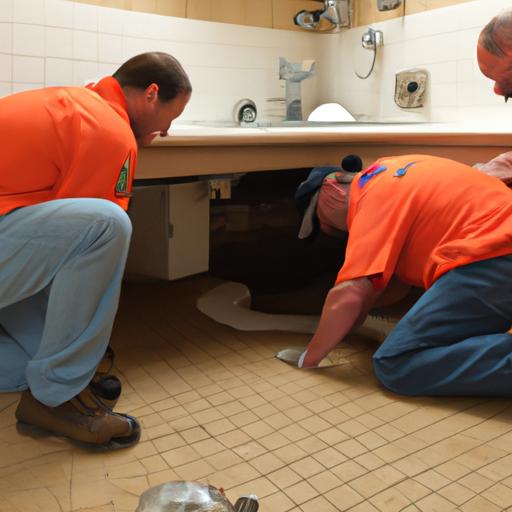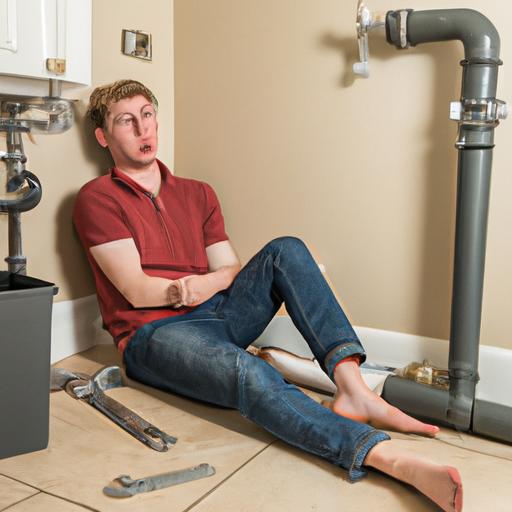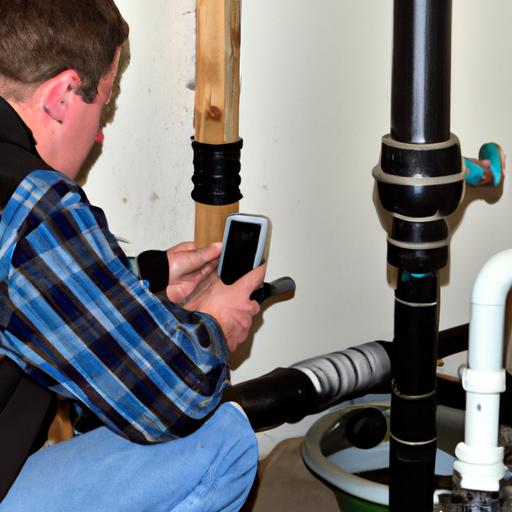In our fast-paced lives, we often overlook the importance of a well-functioning laundry room plumbing system. But think about it: how frustrating is it when your washing machine takes forever to fill up, or when your sink gets clogged with lint? These seemingly small issues can quickly turn into major headaches, disrupting our daily routines and creating unnecessary stress.
That’s why optimizing your laundry room plumbing is essential. By ensuring that your water supply lines, drain lines, and vents are all in top-notch condition, you can enjoy a laundry area that works seamlessly, saving you time and energy. In this article, I’ll guide you through the process of optimizing your laundry room plumbing for better performance, so you can bid farewell to plumbing woes and say hello to hassle-free laundry days.
But why is laundry room plumbing so important in the first place? Well, think about the amount of water and wastewater involved in doing laundry. From filling up your washing machine to draining the dirty water, a functional plumbing system is crucial for smooth operations. Without it, you could face issues like slow water flow, leaks, or even complete blockages, rendering your laundry area useless.
So, let’s dive in and explore the ins and outs of laundry room plumbing optimization. From planning the layout to installing and maintaining your plumbing system, we’ll cover it all. By the end of this article, you’ll be equipped with the knowledge and tips to create an efficient and reliable laundry room plumbing setup that will make your laundry chores a breeze.
Remember, a well-optimized laundry room plumbing system is the key to a stress-free laundry experience. So, let’s get started and turn your laundry room into a haven of efficiency and functionality.
Stay tuned at plumbingrepairtips.com for the next section, where we’ll delve into understanding laundry room plumbing and its various components.
Understanding Laundry Room Plumbing
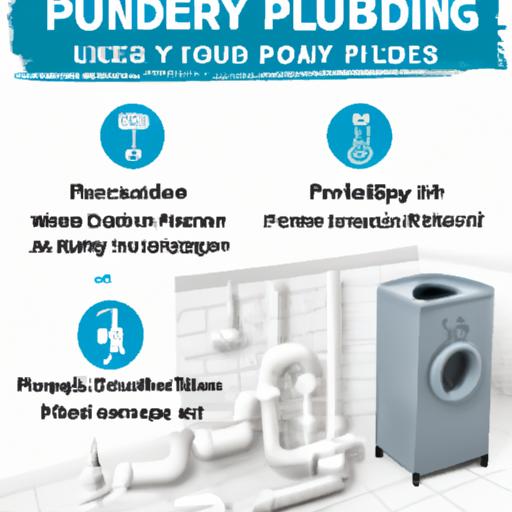
Laundry room plumbing is the intricate network of pipes, fixtures, and fittings that facilitate the flow of water and wastewater in your laundry area. Its primary purpose is to ensure that water is readily available for washing machines, sinks, and other appliances, while also efficiently draining away dirty water.
Definition and Purpose
Laundry room plumbing encompasses a range of essential functions. It involves the installation and maintenance of water supply lines, drain lines, and ventilation systems specifically designed for laundry areas. These components work together to provide a constant supply of water and ensure the proper disposal of wastewater.
The purpose of laundry room plumbing is to create a reliable and efficient system that supports the smooth operation of your washing machine and other laundry appliances. Without proper plumbing, you may experience issues like slow water flow, leaks, or blockages, which can disrupt your laundry routine and cause unnecessary stress.
Components of Laundry Room Plumbing
To better understand laundry room plumbing, let’s take a look at its key components:
1. Water Supply Lines
Water supply lines deliver clean water to your washing machine, sink, and other fixtures in the laundry area. These lines are typically made of copper, PVC, or PEX, and they must be properly installed and connected to ensure a consistent water flow.
2. Drain Lines
Drain lines carry away dirty water and wastewater from your washing machine and sink. They must be installed with the correct slope and size to prevent clogs and ensure efficient drainage.
3. Vents
Vents play a crucial role in maintaining proper pressure and preventing airlock in the plumbing system. They allow air to enter and exit the pipes, facilitating smooth water flow and preventing gurgling or slow drainage.
Common Issues Faced with Laundry Room Plumbing
While laundry room plumbing is designed to be durable, it can still encounter certain problems over time. Some common issues include:
- Clogged drain lines due to lint, debris, or soap scum buildup.
- Leaks in water supply lines, which can lead to water damage and increased water bills.
- Low water pressure, causing inadequate filling of the washing machine or slow flow from faucets.
- Improperly vented pipes, resulting in gurgling sounds or slow drainage.
Understanding the components and potential issues of your laundry room plumbing is essential for troubleshooting and maintenance. In the next section, we’ll explore how to plan the layout of your laundry room plumbing effectively to optimize its performance. Stay tuned!
Planning the Layout of Your Laundry Room Plumbing
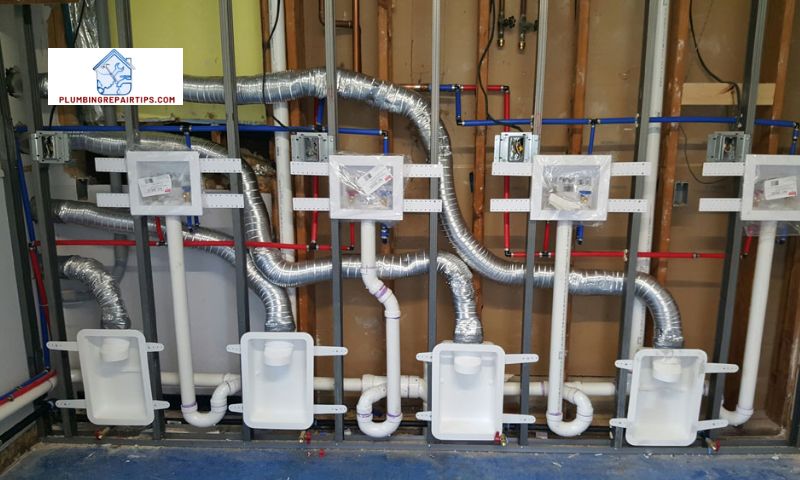
When it comes to optimizing your laundry room plumbing system, proper planning is the foundation for success. By carefully considering the layout and positioning of your appliances, water supply lines, and drain lines, you can ensure optimal functionality and efficiency. Here’s what you need to know to create a well-designed laundry room plumbing setup.
Importance of Proper Planning
Before diving into the technical aspects, let’s understand why planning is crucial. A well-thought-out layout not only maximizes the available space but also minimizes the chances of future issues. By strategically placing your appliances and plumbing fixtures, you can minimize the risk of leaks, blockages, and other plumbing mishaps.
Considerations for Positioning Appliances, Water Supply Lines, and Drain Lines
- Appliances: Start by determining the optimal location for your washing machine and dryer. Consider factors such as proximity to water and drain connections, electrical outlets, and ventilation requirements. Placing them near existing plumbing lines can simplify the installation process and reduce costs.
- Water Supply Lines: Ensure that your water supply lines are easily accessible and properly connected to your appliances. Position them in a way that allows for convenient maintenance or repairs if needed. Consider using flexible hoses to accommodate any movements of the appliances.
- Drain Lines: Proper drain line positioning is essential to prevent clogs and ensure efficient water drainage. Install a dedicated drain line for your washing machine, separate from the other household drains. Make sure the drain line has the correct slope to allow for proper water flow and minimize the risk of standing water.
Choosing the Right Plumbing Fixtures and Materials
When selecting plumbing fixtures and materials for your laundry room, prioritize durability and functionality. Opt for high-quality materials that can withstand the demands of regular use and exposure to moisture. Consider features like anti-clog mechanisms and water-saving options to enhance the efficiency of your plumbing system.
By carefully planning the layout of your laundry room plumbing, you can optimize its performance and prevent future headaches. In the next section, we’ll discuss the step-by-step process of installing and upgrading your laundry room plumbing system. So, stay tuned to learn how to bring your optimized layout to life.
Maintenance and Troubleshooting Tips for Laundry Room Plumbing
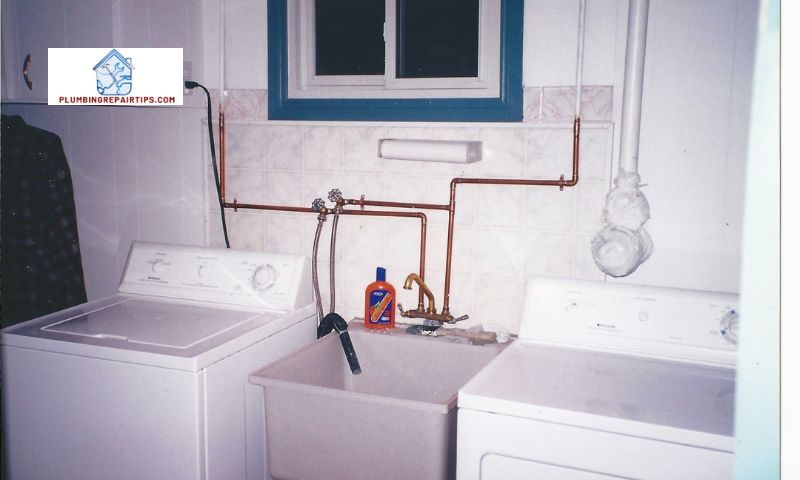
To ensure the longevity and optimal performance of your laundry room plumbing, regular maintenance is essential. By implementing a few simple practices, you can prevent plumbing issues and save yourself from costly repairs down the line. Additionally, knowing how to troubleshoot common problems will empower you to handle minor issues efficiently. So, let’s explore some maintenance and troubleshooting tips to keep your laundry room plumbing in top shape.
Regular Maintenance Practices
- Inspect and clean drain lines: Over time, debris and lint can accumulate in your drain lines, leading to clogs. Regularly inspect and clean the drain lines to prevent blockages. You can use a plumbing snake or a mixture of vinegar and hot water to remove any buildup.
- Check for leaks: Inspect all water supply lines, faucets, and connections for leaks. Even a small leak can waste a significant amount of water and cause damage to your laundry room. If you notice any leaks, promptly repair or replace the affected components.
- Clean lint traps: Clean the lint traps in your washing machine regularly. Lint buildup can clog drain lines and reduce water flow, affecting the efficiency of your laundry appliances.
Troubleshooting Common Problems
- Clogged drains: If you experience slow drainage or complete blockage, try using a plunger or a plumbing snake to remove the obstruction. If the issue persists, it may require professional assistance.
- Leaks: If you notice water pooling or dripping around your plumbing connections, valves, or fixtures, it’s crucial to address the issue promptly. Tighten loose connections or replace damaged components to fix the leak.
- Low water pressure: If your washing machine or sink is experiencing low water pressure, check the water supply valve. Ensure it is fully open and that there are no obstructions in the lines. If the problem persists, it’s advisable to seek professional help.
Importance of Professional Inspections
While regular maintenance and troubleshooting can handle most minor issues, it’s essential to schedule professional inspections periodically. A qualified plumber can identify potential problems before they escalate, ensuring the longevity of your plumbing system. Additionally, if you encounter complex issues or lack the necessary expertise, seeking professional help is always a wise decision.
By following these maintenance practices, troubleshooting common problems, and knowing when to seek professional assistance, you can maintain an efficient and trouble-free laundry room plumbing system.
In the next section, we’ll conclude our discussion by summarizing the significance of optimizing your laundry room plumbing.
Conclusion
In conclusion, optimizing your laundry room plumbing is crucial for maintaining a functional and efficient laundry area. By taking the time to plan the layout, install and upgrade the plumbing system, and perform regular maintenance, you can ensure a hassle-free laundry experience.
Throughout this article, we have explored the importance of laundry room plumbing and its various components. We have discussed the step-by-step process of installing laundry room plumbing and provided essential tips for upgrading an existing system to improve efficiency.
When it comes to installation and upgrades, you have the option of hiring professionals or taking the DIY approach. While hiring professionals ensures expertise and reduces the risk of costly mistakes, some may prefer the cost-saving aspect and personal satisfaction of tackling the project themselves. Consider your skills, budget, and time availability before making a decision.
Remember, proper maintenance is key to preventing plumbing issues in your laundry room. Regularly inspecting the system, addressing any leaks or clogs promptly, and seeking professional help when needed can save you from major headaches down the line.
At plumbingrepairtips.com, we understand the importance of a well-functioning laundry room plumbing system. Our team of experts is here to provide you with valuable insights, tips, and solutions to keep your laundry area running smoothly.
So, take the necessary steps to optimize your laundry room plumbing and say goodbye to frustrating laundry days. With a well-designed and maintained plumbing system, you can enjoy a laundry area that works seamlessly, allowing you to focus on what matters most – clean and fresh clothes.
Thank you for joining us on this journey to optimize your laundry room plumbing. Stay tuned for more informative articles and tips from plumbingrepairtips.com.
